Everyone knows optical disc formats like CD and DVD, but history is littered with other attempts to make shiny round discs that hold some sort of recording. With very mixed results!
I like to poke around tech history every now and then, and there are some obscure and semi-obscure disc formats that had a chance, but never got very far out the gate.
7
LaserDisc
I just know that I’m going to get some heat for saying that LaserDisc is “obscure”, but even when LDs were contemporary, very few people actually owned a player. Personally, got to watch exactly two LaserDisc movies back in the 90s: Judge Dredd and The Hunt for Red October. Compared to the VHS tapes we were renting at the time, it was a revelation!
LDs are interesting because they’re an analog format. So, although it’s a disc, and it uses a laser, the information on the disc is stored in an analog format. This leads to pretty low data density, which results in a record-sized disc that has to be flipped over halfway through the movie. Unless you were truly wealthy and could afford a machine that did that bit for you.
Japan was the only country where LDs were truly a success, but today the discs and players are highly collectible in the USA, and there are some movie cuts that are only available as LDs, such as the original theatrical cuts of Star Wars.
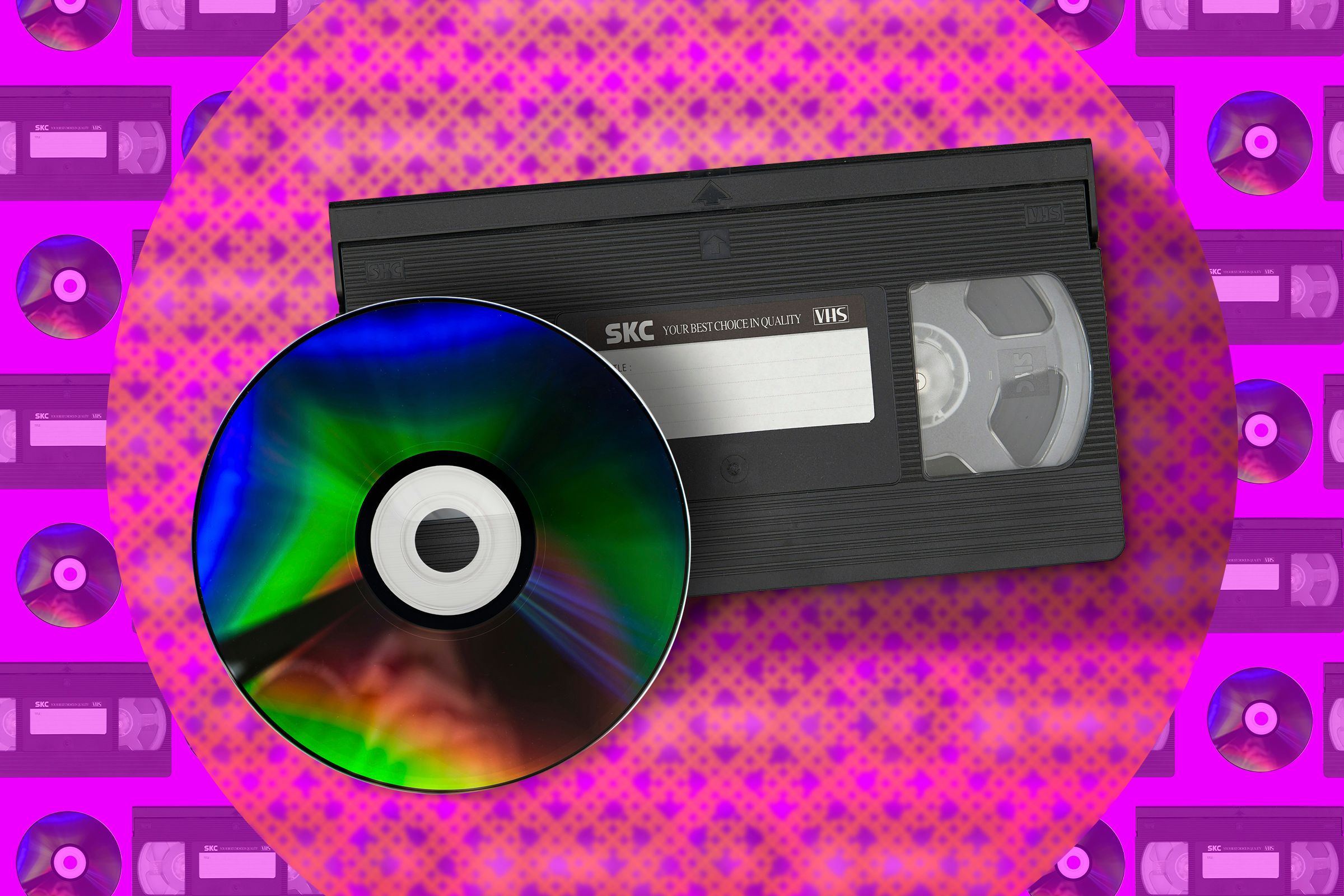
Related
Laserdisc or VHS: Which Is More Collectible?
Which one actually belongs in a museum?
6
Video CD
Before I ever had a DVD player, I watched movies digitally on the VCD format, which was quite popular in my country. In particular, it was a popular way to distribute bootleg movies, since these are just normal CDs that any CD-ROM drive could read and the discs cost cents, while VHS tapes were actually expensive as a medium.
VCDs never really took off in North America, but they were extremely popular in Asia, which is where all those bootlegs came from I mentioned earlier. The quality of VCDs were comparable to VHS, it’s just that the artifacts looked different. The bitrate is pretty poor, so there’s lots of macro-blocking and banding. CDs stand up better than VHS tapes when it comes to wear and tear, and the video quality doesn’t deteriorate with time. The players are also mechanically less complex than VHS decks, and it was pretty normal for DVD players to also be backward compatible with VCDs.
So, VCDs aren’t all that obscure to me or to Asian countries, but I think most folks in North America aren’t aware of their existence, and made the hop from VHS directly to DVD instead.
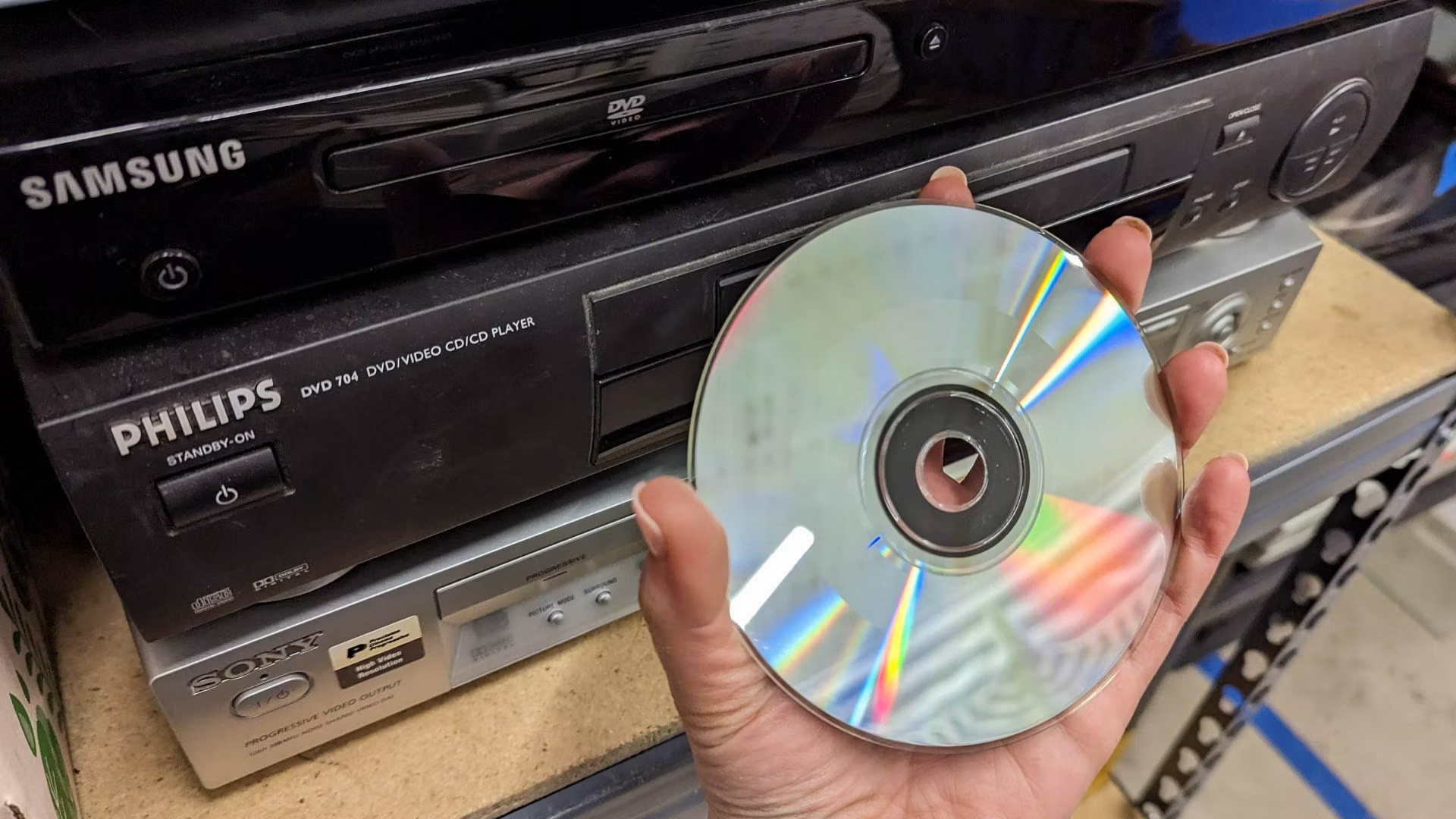
Related
Before DVDs, There Were VCDs: The Video Disc Everyone Forgot
The leap from tape to Digital Video Disc had a small step in between.
5
Super VCD
If VCDs were obscure, then Super VCDs are super-obscure in comparison. This was meant to be the successor to VCDs, but that would put them into direct competition with DVDs, and honestly, Super VCDs were never going to be competitive in that battle.
These discs only boast about 100-150MB more storage than typical CDs with a total capacity of 800MB. That’s only enough to store 35 minutes of “full quality” SVCD, which at 480×480 or 480×576 depending on your region, is twice the image quality of VCDs, but at a massive decrease in running time. I don’t know about you, but needing to swap discs every 30 minutes would make watching The Lord of the Rings incredibly tedious. While many players that support VCD and DVD would play SVCD titles, there were often playback issues related to the odd video ratio and formatting of SVCD. At least that’s what I hear, since I’ve never personally had my hands on one of these discs.
4
EVD
Now we’re getting into properly obscure formats! In the early 2000s, a disc format called EVD or Enhanced Versatile Disc was announced, backed by the Chinese government and several Chinese companies, forming a standards committee.
Physically, EVDs are DVDs. Any DVD drive can technically read them. However, the EVD standard neatly and deliberately employs alternatives to all the technologies in DVDs that lead to licensing fees. These fees had to be paid when making DVD players, and substantially increased manufacturing costs, so EVDs really only existed for economic and independence reasons.
While EVDs worked just fine, very few movies were ever released in the format. In fact, Wikipedia only lists four:
- Big Momma’s House (2002)
- Black Mask 2: City of Masks (2002)
- Hero (Director’s Cut) (2002)
- House of Flying Daggers (2004)
I don’t know if that list is exhaustive, but in either case the format was abandoned in the late 2000s, and I bet you’ve never even heard of it. I sure didn’t until I did the research for this piece.
3
UMD
The Sony UMD (Universal Media Disc) is also debatably obscure, but it’s specific to the Sony PlayStation Portable. Although the PSP sold well, it’s not like there were as many UMD players out there as DVD players by several orders of magnitude.
When I got my first PSP, it came with a copy of Spider-Man 2 in the box on UMD. These little 1.8GB discs were a wonder at the time. Keep in mind that portable media players the size of a phone pretty much didn’t exist. I had just bought my first camera phone, and that could only take grainy photos, not videos!
I think Sony had big plans for UMD as a format, but it never really took off. For one thing, the video quality looked great on the PSP’s screen, but not blown up on a TV. Besides, it wasn’t long before solid-state storage costs and internet speeds had both improved enough to make optical discs for portable devices redundant. The PlayStation Vita, the PSP’s successor, ditched the mechanically complex and expensive optical drive, and the rest is history.
2
MiniDisc
In Japan, Sony’s MiniDisc format isn’t obscure at all, but in the rest of the world it never quite took off in a way that would threaten CDs. The first-generation of MDs used digital compression, to offer up to 80 minutes of audio. MDs were aimed at replacing casette tapes, not CDs, so the fact that the sound quality was much better than tapes, but not quite as good as CDs wasn’t an issue per se.
However, it wasn’t long before portable CD players were a thing, which made it hard to justify buying the same album (remember those?) twice, when you could buy one CD and play it at home or on the go. There would be a later format called Hi-MD that matched the quality of CDs, but kept the compact size of MDs, but it was too little, too late.
That said, MiniDisc still has its hardcore fans today, and while it’s nowhere as hot a hobby as vinyl audio, it’s also only been just over a decade since MDs were discontinued, so give it time.
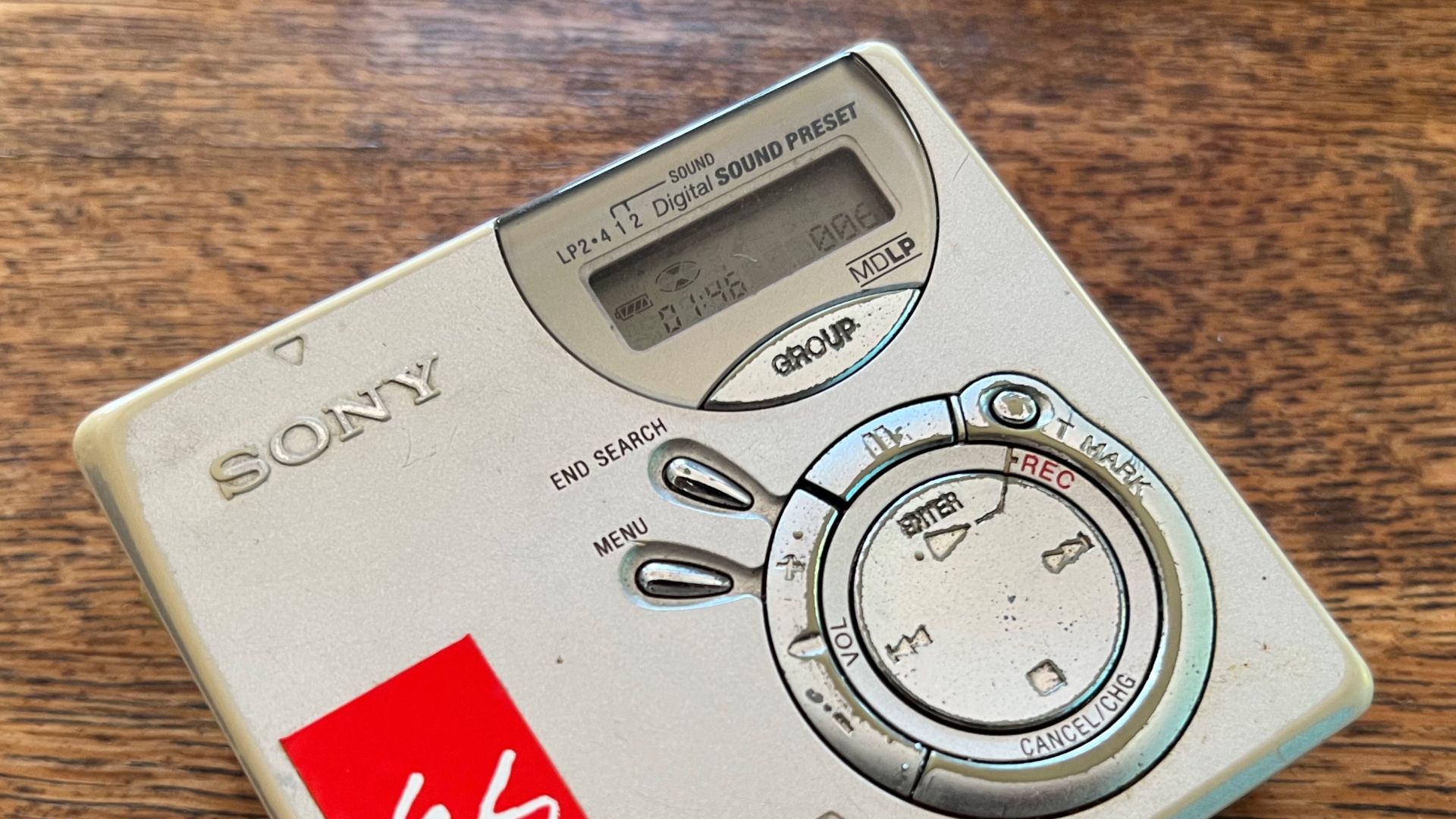
Related
Forget Vinyl and CDs, What’s MiniDisc Like in 2025?
A lovable, if obsolete, format.
1
GD-ROM
The GD-ROM was the proprietary disc format for the Sega Dreamcast. The last console made by Sega which ultimately only sold 9.13 million units. There were about 600 games made using this 1.2GB disc format, and it’s whole existence is pretty interesting. Having a disc that was almost twice as capacious as a CD meant fewer discs for games, and it also meant piracy was a non-issue because no one had disc burners that could make GD-ROMs.
So why not just use DVDs? Well, at the time, it would have been too expensive party due to licensing costs, so from the perspective of the time and place, GD-ROMs made sense, but they faded into obscurity along with the Dreamcast itself.


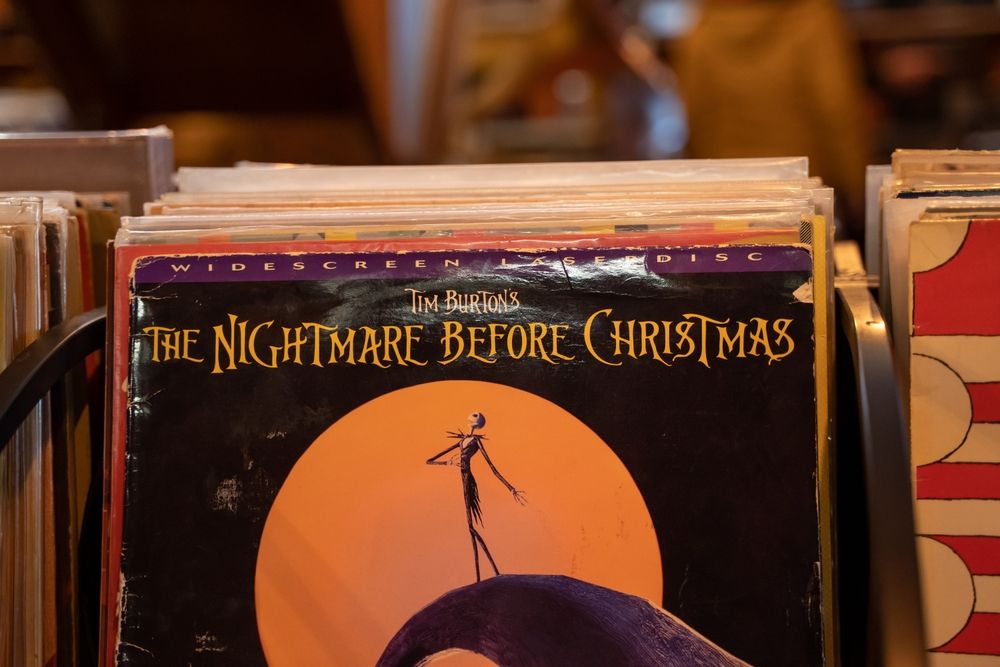
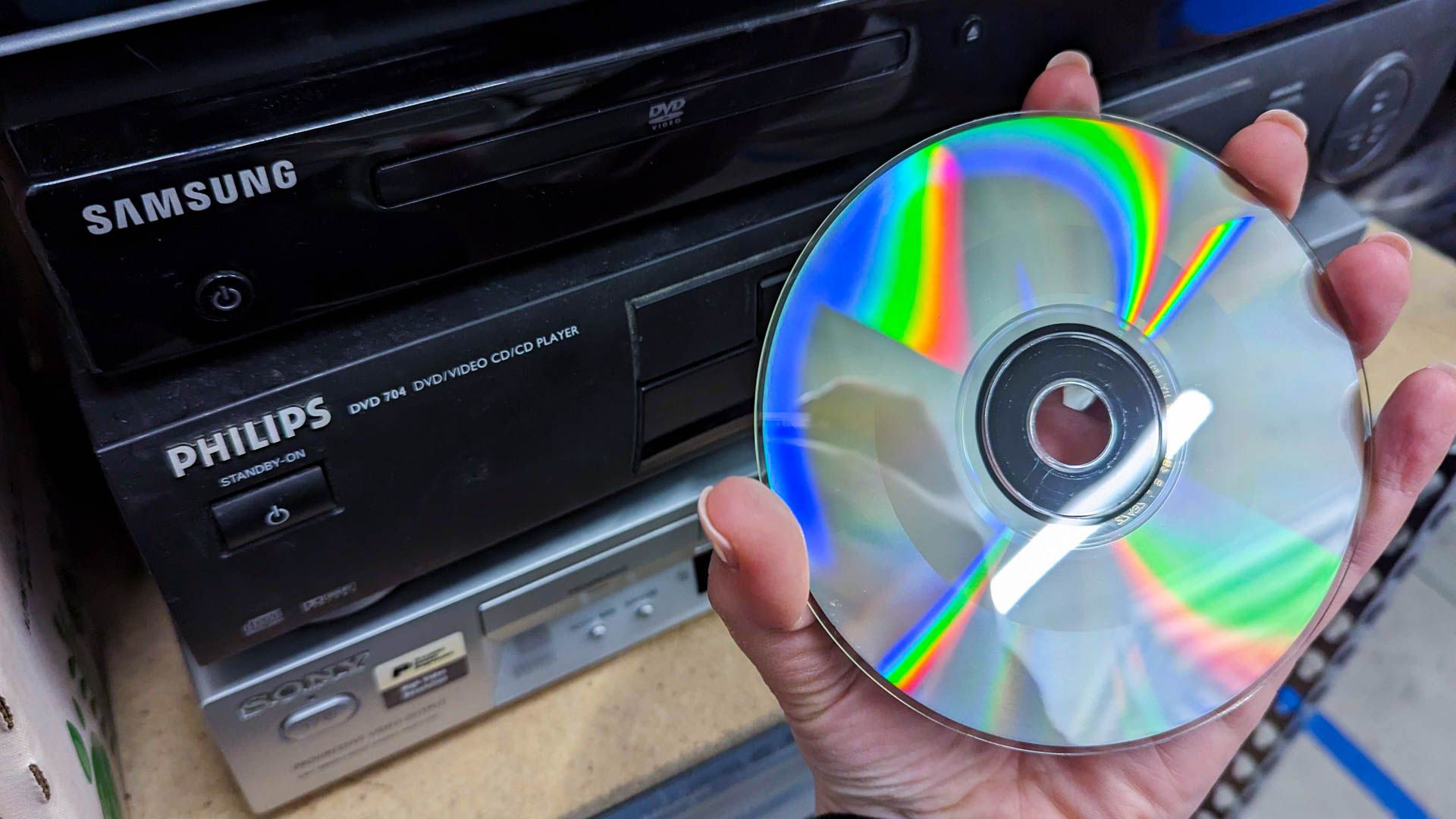
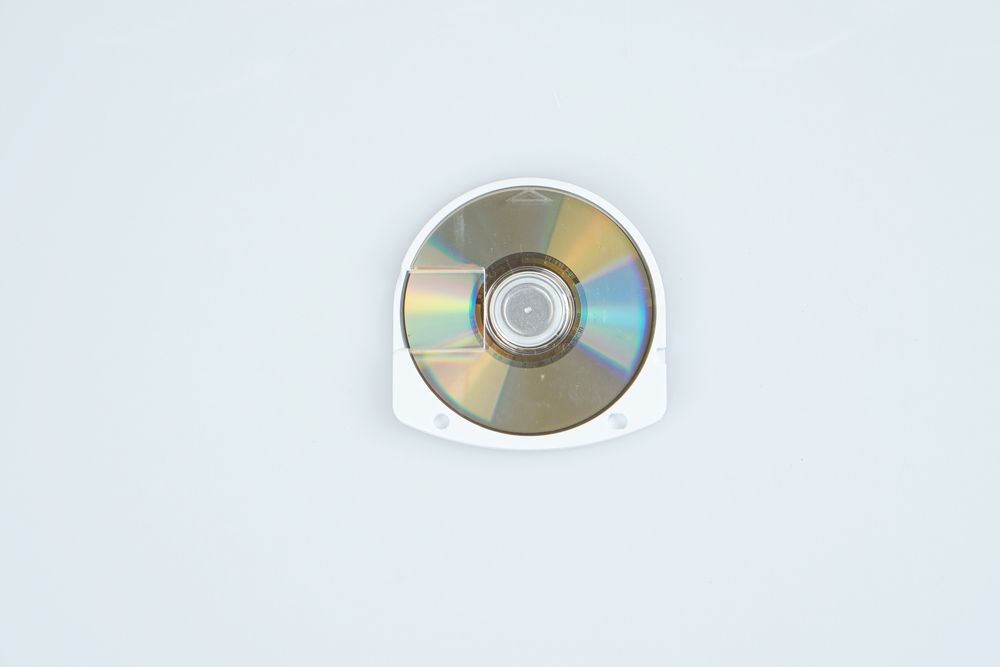
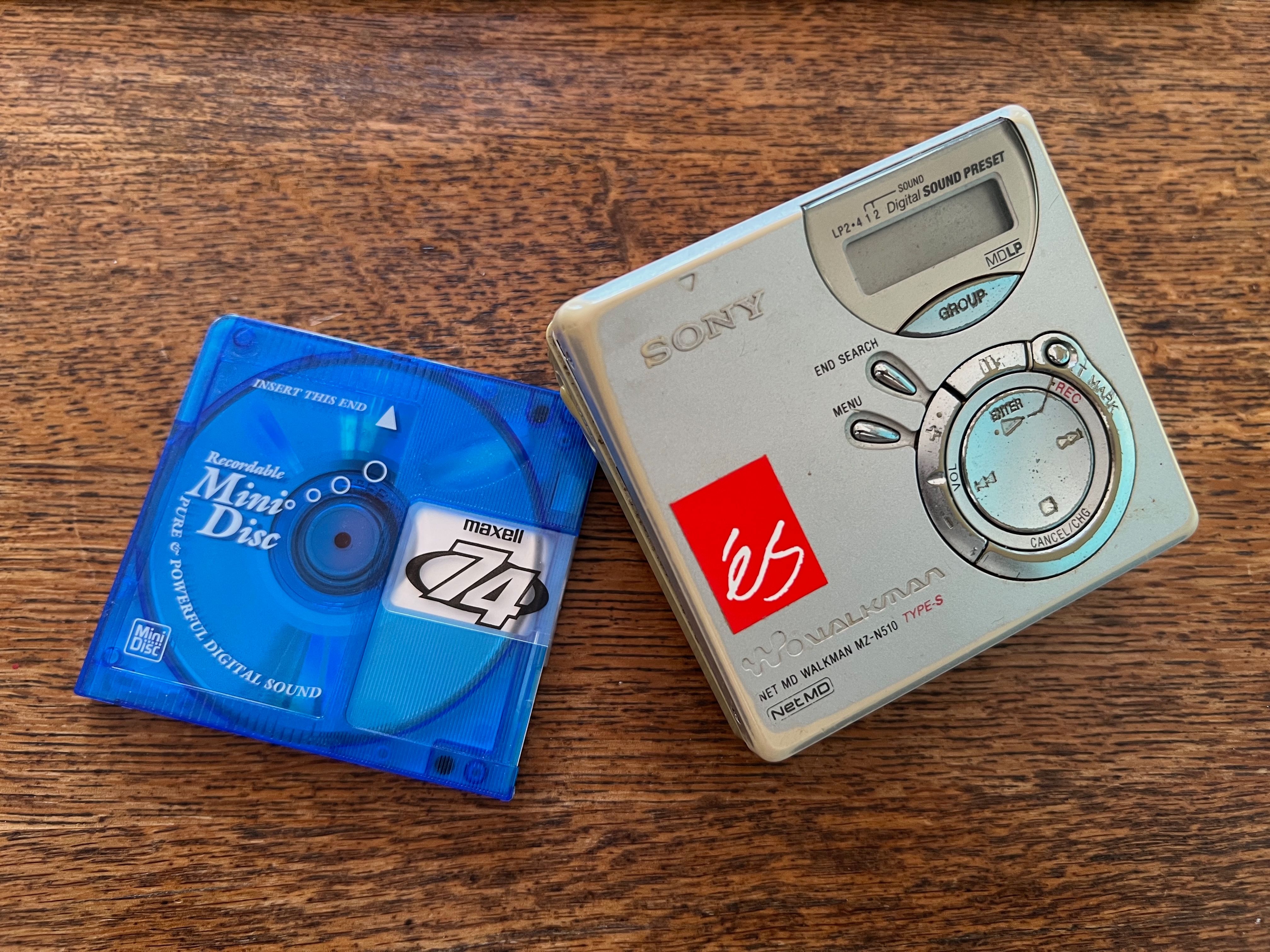
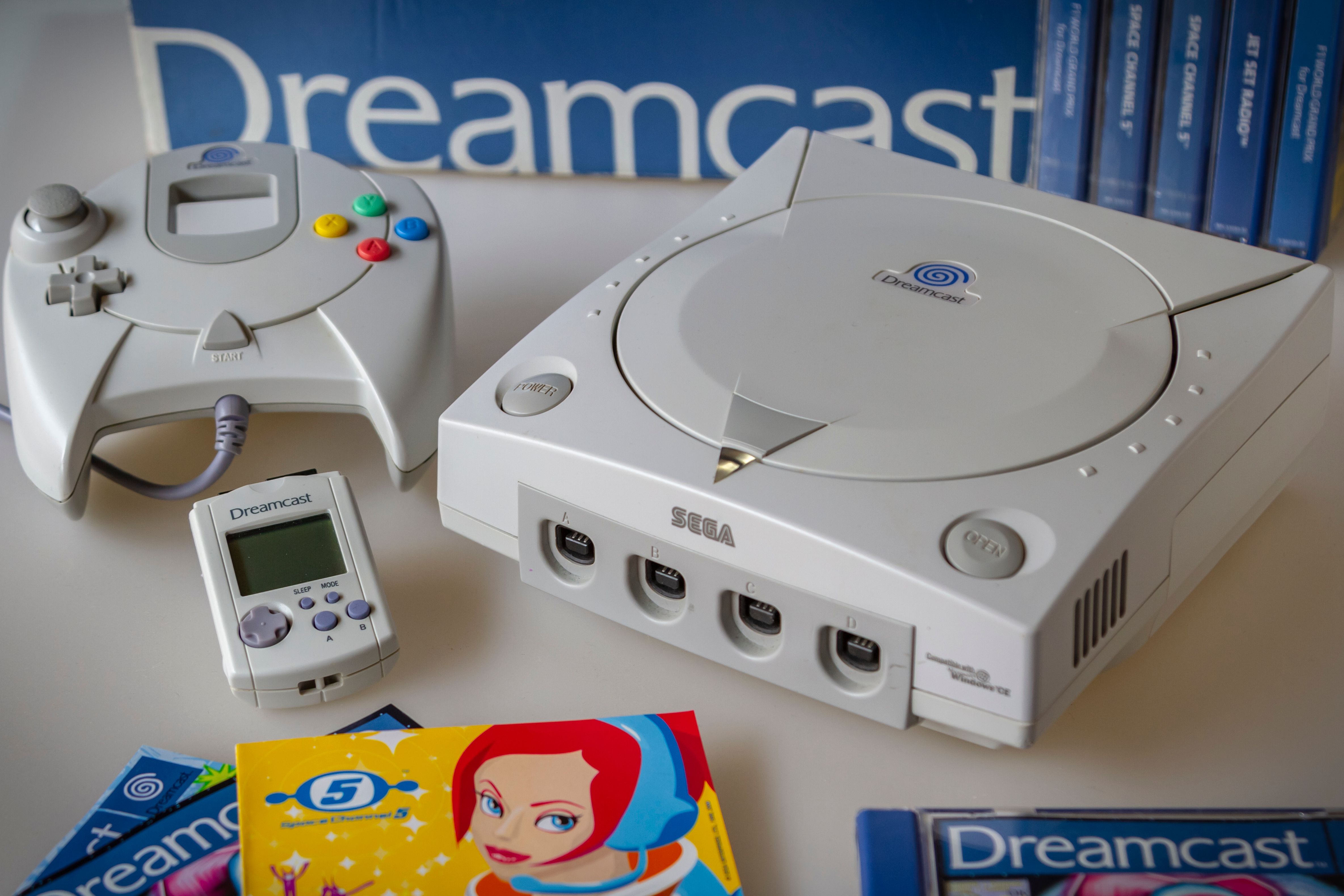





Leave a Comment
Your email address will not be published. Required fields are marked *